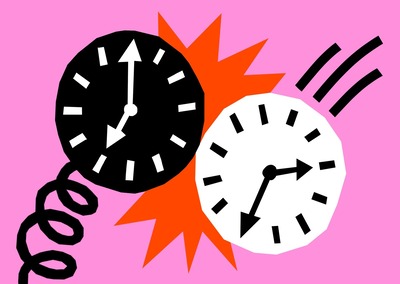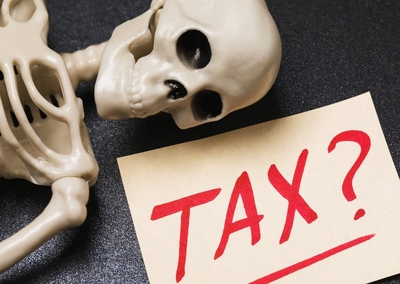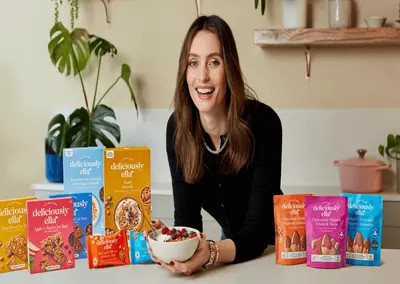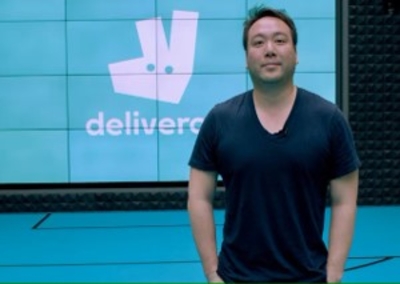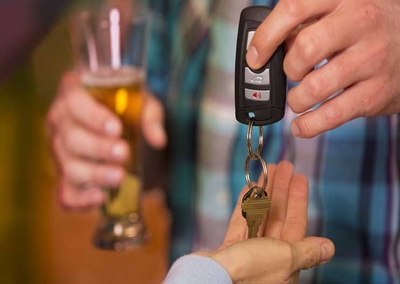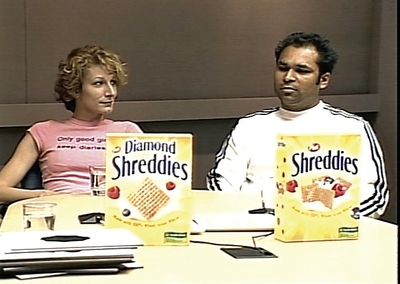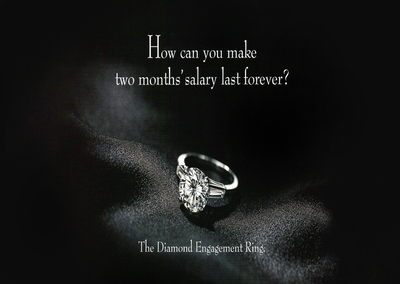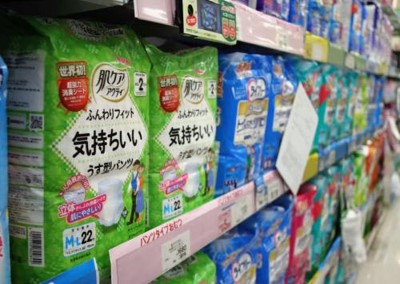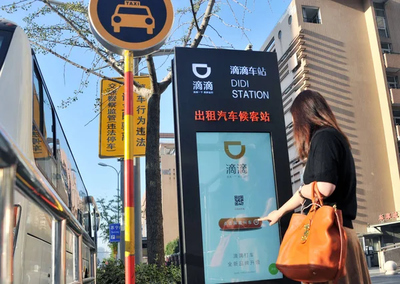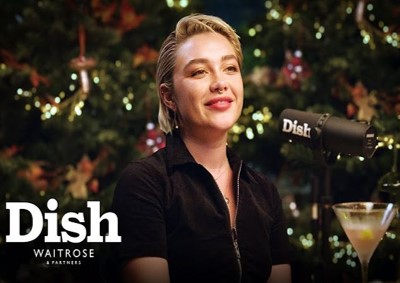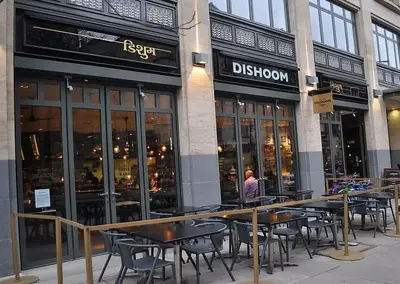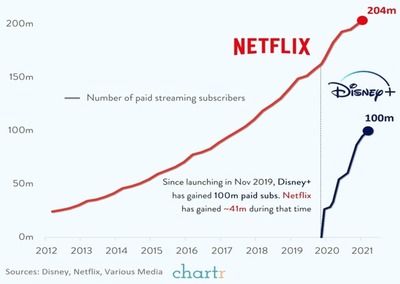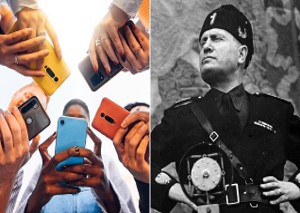Clock changes are no laughing matter: leaving Daylight Savings Time in the autumn increases minor road accidents by 13%, when an hour of sunlight is reallocated back to the morning and it’s darker in the evenings.
All Threads
A single word can make a policy significantly less appealing. According to pollster Frank Luntz, 68% of Americans oppose inheritance tax when it is labelled ‘estate tax’, but 78% oppose it labelled as ‘death tax’.
Ella Mills founded the nutrition brand Deliciously Ella after she was incapacitated by PoTS (postural orthostatic tachycardia syndrome). Several hospital admissions and 25 types of medication failed to alleviate her suffering. It was only when she radically altered her diet, cutting out gluten and refined sugar, that she noticed improvements.
Deliveroo came from an investment banker who wanted better delivery options when he was working late at the office.
In 1988, the US health department coined ‘Designated Driver’ as part of a campaign to prevent alcohol-related traffic fatalities. The campaign broke new ground when TV writers agreed to insert references to designated drivers into scripts of top-rated television programs, such as Cheers, Dallas, and L.A. Law.
How do you make a 60 year old cereal exciting again? Rotate it. As part of a 2008 campaign, Shreddies turned their cereal 45 degrees, called them ‘Diamond Shreddies’, then filmed focus groups of people saying the ‘new’ product not only looked better but tasted better too.
De Beers has single handedly transformed our notion of engagement rings. On the eve of World War Two, a mere 10% of engagement rings contained diamonds. After the brand’s ‘A Diamond is Forever’ campaign, that figure was 80%. What’s more, the campaign imprinted the idea that a man should spend two month’s salary on the ring.
In Japan, sales of adult nappies have outpaced infant nappies for more than a decade – which makes sense given the country’s unusually old population (those aged 65 and over make up 30%). The decline of infant nappies has become so stark that Oji Holdings, a leading producer, recently announced it will stop making them altogether.
China’s leading ride-hailing service installed giant touchscreens all around Shanghai so that people (especially the elderly) could still hail a Didi car without having a smartphone.
The Waitrose branded podcast gets more than 10 million views every week, and has hosted the likes of Florence Pugh, Tom Holland and Shania Twain. When a recipe is chosen for an episode, it leads to a 5,000% spike in searches for it on the Waitrose website.
Chain restaurants scale by offering a consistent experience, but Dishoom bucks the trend; each restaurant has a unique story behind it, informing everything from the décor and music to the lighting and bar menu. For example, the King’s Cross design is based on the events of the Indian independence movement, with old anti-colonial posters on the walls. This approach requires more time and thinking, but it undoubtedly contributes to the restaurant’s cult following.
The unusual exterior of Disney Hall is iconic in the world of architecture, but it’s the result of strict limitations on internal design; Frank Gehry & Yasuhisa Toyota had to create a vineyard-style seating arrangement to make the audience feel close to the orchestra, and there are no boxes or balconies to avoid social hierarchies. As Toyota says, “surround style is more intimate.”
It took Netflix 10 years to reach 100 million subscribers. It took Disney Plus just over one, thanks to Disney’s incredibly strong, century long, brand equity. (Though admittedly Netflix has won the streaming wars for the time being – leading the market with 300 million subscribers.)
Recent studies suggest so, but it’s a big misinterpretation. Excellent follow up research from KCL, exploring different question wordings, shows that Gen Z do indeed want a strong leader – but not if it means a dictator who gets rid of elections. In reality, Gen Z are calling out for better political decision making and not the end of democracy.
In the US, ‘report cards’ provide data on the performance of cardiac surgeons. Unfortunately, they incentivise doctors to avoid operating on the severely ill – instead choosing patients who might not even need it.

